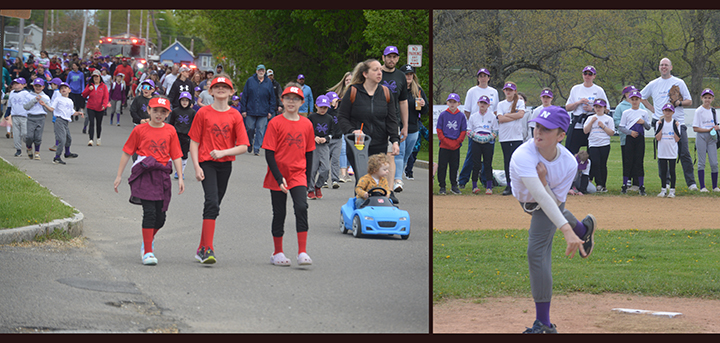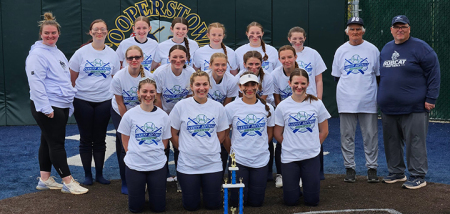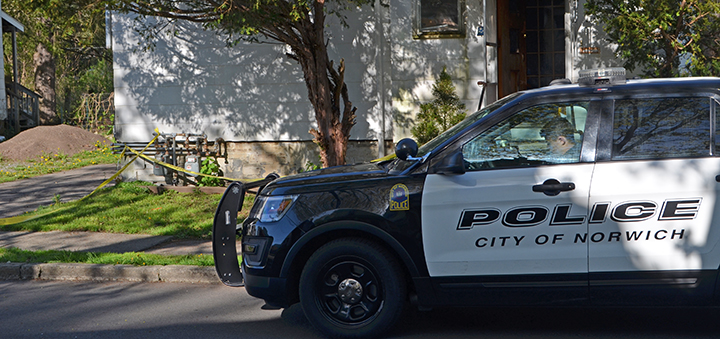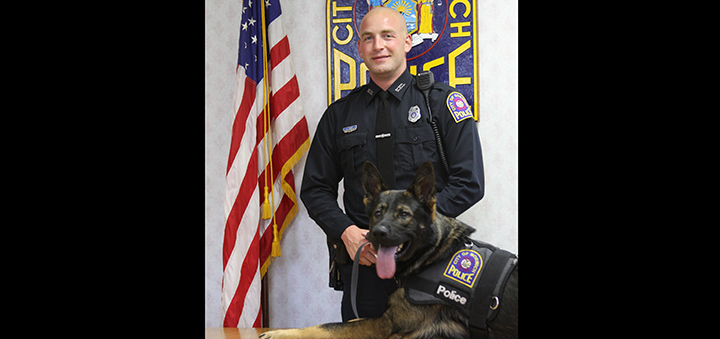Handling And Cooking Wild Game
Published:
December 15th, 2021
By:
Eric Davis
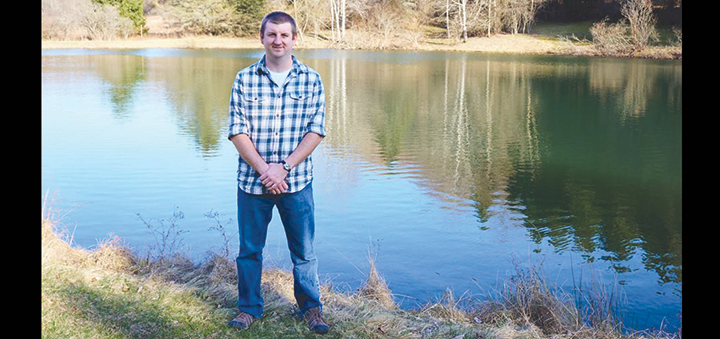
I have written columns in the past that discussed the locavore movement. Wanting to know where your food comes from has led some people to give hunting a try.
Once successful, new hunters are likely to face new obstacles such as processing the harvest down to pieces that are ready to be cooked or knowing how to cook wild game meat compared to traditional livestock meat.
When it comes to wild game, my general rule is to get it the meat cooling down as quickly as possible. I know that some people like to leave bigger animals, such as deer, hanging for a few days before starting the butchering process as the meat can start to age resulting in a more tender finished product. This is fine, but I recommend skinning the deer when it is first hung up.
The hide is much easier to remove on a warm carcass than after it has been cold for a few days. That thick hide and hair help deer survive our harsh winters by trapping the heat within the deer’s body, which is exactly what it continues to do after the deer has been shot.
That heat trapping doesn’t let the meat cool and can give you less than favorable results in your end product. For game birds, I usually remove the breast meat as soon as I get home from the hunt. I have never plucked any birds so I don’t have experience in that department.
No matter what game you are processing, remove as much silver skin as you can while you are processing it. The same goes for fat or any bloody areas in the meat. You can rinse the meat in cold water if needed and then pat it dry with paper towels before packaging it.
If you plan on preparing the meat the same or next day, you can put it in a plastic bag or container and refrigerate it. For longer storage before cooking it, you can freeze the meat. Short term freezing can be done in plastic bags or with freezer paper. For longer frozen storage, I like to use a vacuum sealer that removes any air in the package so that the meat does not get freezer burn.
I write on the bag what is in it and the month and year so that I can use older meat first. For venison, I have started writing “Deer 1” or “Deer 2” as well to try to use all of the meat from the first deer of the year before going to the meat of the second deer. Another option for long term storage is canning your game meat. I do not have experience doing this myself so I would recommend doing some research on it before trying it. I do know that you need a pressure canner to can meats as they are not acidic enough to prevent bacteria from growing.
When you do get ready to cook with wild game you have to remember that they are different than domestic livestock in many ways. One way is fat content in the meat. Steaks cut from a cow have a decent amount of fat in them, often referred to as marbling.
This is because they lead a pretty low activity life so they build up fat reserves all over their bodies. Deer are very active animals so they build up less fat reserves, especially within muscle groups where steaks are cut from. This results in venison cuts having almost zero fat. The same goes for game birds. They are active so they don’t build up heavy fat reserves like farm birds do.
With low fat content, wild game meat dries out very easily. There are two ways to cook wild game that can keep it from getting dry and tough to chew. The first is to cook it hot and fast. Searing the meat so that the outside seals any moisture inside the meat allows it to stay moist.
It is very important to monitor the internal temperature of the meat, so invest in a meat thermometer you can trust. Once the meat hits the temperature you want, remove it from heat immediately. The second way of cooking wild game meat is low and slow. Lower temperatures keep the moisture from steaming out of the meat. You can also cook the meat in a liquid such as broth to keep it moist.
Author: Eric Davis - More From This Author
Comments



